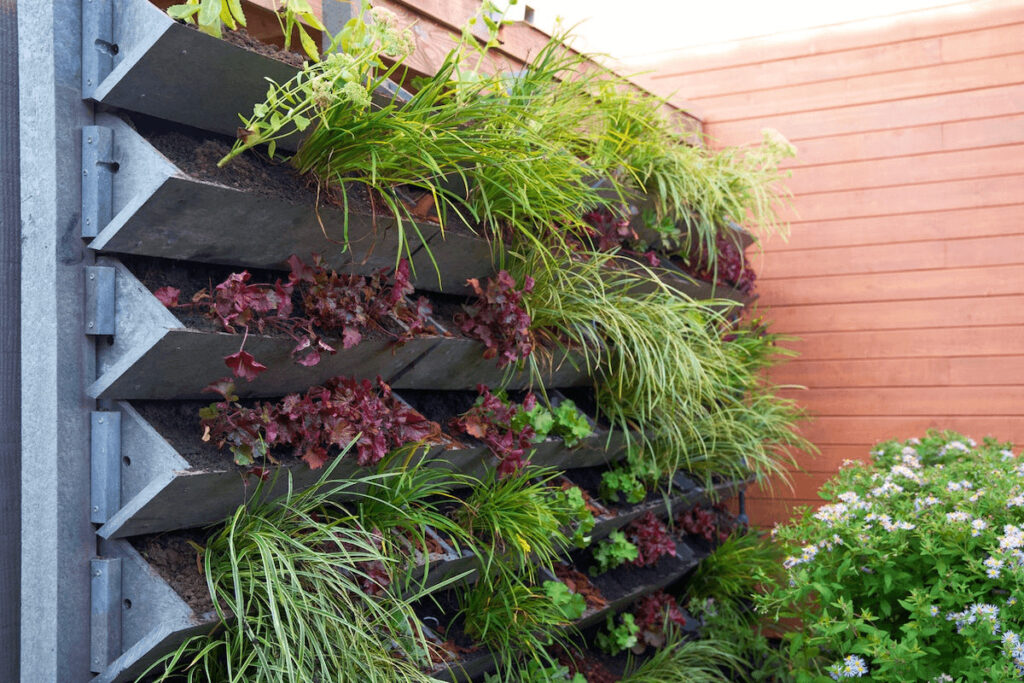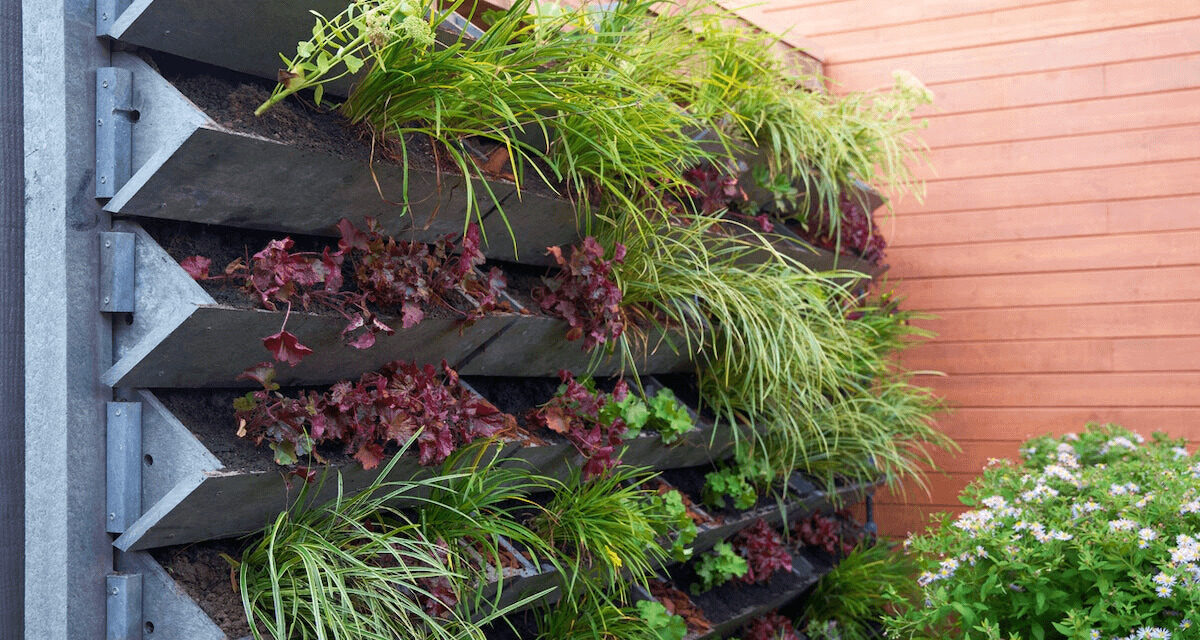With space becoming increasingly precious in our urban environments, innovative solutions like vertical gardening are rapidly gaining popularity. This clever technique of gardening turns conventional horticulture on its head by growing plants upward rather than across the ground. This blog post explores the benefits of vertical gardening, particularly in small spaces, with a look at its impact on sustainability, aesthetics, productivity, and wellness.

Maximized Space
Perhaps the most obvious advantage of vertical gardening is its remarkable ability to make the most of limited space. Urban dwellers, often confined to apartments or houses with small yards, can create green spaces in areas previously considered non-arable. Vertical gardens can be grown on walls, fences, or standalone structures, effectively multiplying the area available for planting.
The implications of this are significant for food security in urban settings. A small balcony can be transformed into a productive kitchen garden, providing fresh, organic produce year-round.
Improved Aesthetics
Vertical gardens are not just functional; they're also beautiful. They offer an innovative solution to the often drab and concrete-dominated urban landscape. With a vertical garden, you can create a lush, green wall that is visually appealing and adds a touch of nature to the city.
These green spaces also provide an excellent backdrop for urban art, with plants offering a vibrant and dynamic canvas that changes with the seasons. This versatility can help create engaging, aesthetically pleasing spaces that are as attractive as they are productive.
Increased Biodiversity
A significant benefit of vertical gardening is its potential to increase biodiversity. Even a small vertical garden can be home to a variety of plants, including different species of flowers, herbs, vegetables, and even small trees. This diversity encourages a healthy ecosystem by attracting beneficial insects and pollinators, such as bees and butterflies.
Furthermore, vertical gardens can be designed to include native plant species, which are more likely to attract local wildlife and contribute to urban biodiversity. This can help mitigate some of the ecological impacts of urbanization.
Enhancing Air Quality
Vertical gardens act as natural air filters. The plants in these gardens absorb carbon dioxide and release oxygen, thereby improving the air quality. They also capture particulate matter from the air, reducing pollution levels and creating healthier environments.
Additionally, the increased evapotranspiration (water evaporation from plant leaves) can help to cool the air, reducing urban heat island effects. This makes vertical gardens an essential tool in combating climate change and promoting sustainability in our cities.
Wellness and Mental Health
The presence of green spaces in urban environments has been linked to improved mental health and wellbeing. They provide serene spaces for relaxation and mindfulness, away from the hectic city life.
Tending to a vertical garden can be therapeutic, reducing stress levels and promoting a sense of achievement. Eating fresh, home-grown food can also improve dietary habits and foster a greater appreciation for healthy, sustainable living.
Accessibility and Ease of Maintenance
Vertical gardening can make gardening more accessible for those who may find traditional gardening challenging. The plants are raised off the ground, making them easier to reach for those with mobility issues. It also reduces the need for bending or kneeling, which can be difficult for some individuals.
Maintenance is generally easier with vertical gardens. They can be designed with built-in watering systems, ensuring plants receive adequate hydration. As they are off the ground, they are also less susceptible to many soil-borne diseases and pests, making for easier, often more successful, gardening.
Water Efficiency
Lastly, vertical gardening can be a more water-efficient way to garden. With the right setup, vertical gardens can recycle water through the system, reducing the overall water needed. This is particularly beneficial in urban areas or regions with water restrictions or shortages.
The benefits of vertical gardening are vast and varied. From maximizing space and improving aesthetics to boosting biodiversity and enhancing air quality, these innovative systems have the potential to transform urban spaces into productive, sustainable, and beautiful environments.
As we continue to grapple with the challenges of urbanization and climate change, solutions like vertical gardening offer hope for greener, healthier cities. Whether you're an urban dweller with a small balcony or a suburban homeowner looking to maximize your garden's productivity, vertical gardening presents an opportunity to connect with nature in an engaging and sustainable way.



















